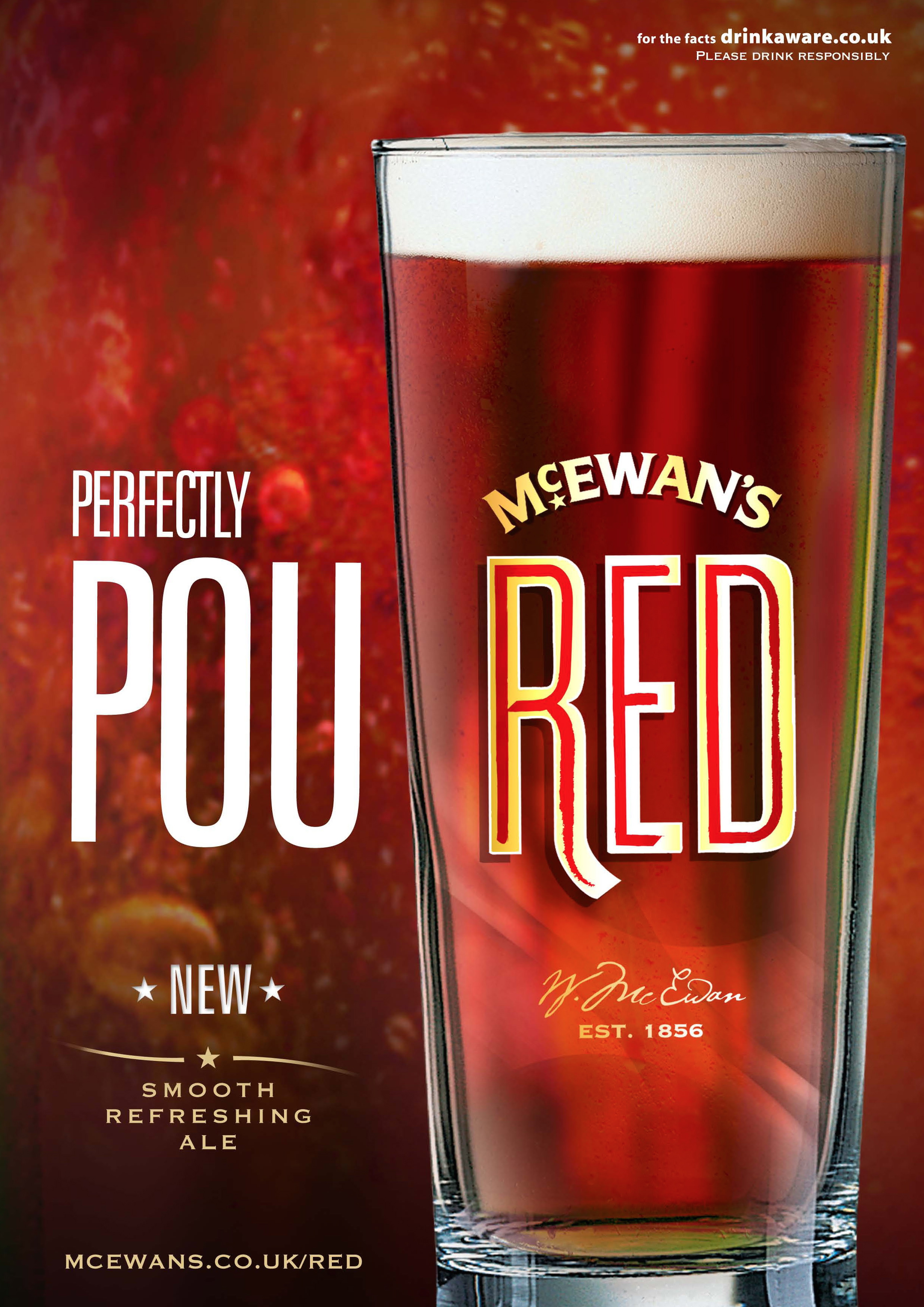

The site was acquired by the city of Baltimore in 1970 and in 1983 became the first project of the Baltimore Center for Urban Archeology. A similar anachronism appears in Robert McGill Mackall's 1976 painting, Mary Pickersgill Making the Star-Spangled Banner (on display at the Maryland Historical Society) which depicts several beer barrels in the background labelled "Claggett's Brewery".

A commemorative plaque was placed on the site, although it erroneously gave Claggett's name as the owner of the brewery when Mary Pickersgill assembled the flag. The corner on East Lombard Street which Brown's Brewery used to occupy later became known as Brewer's Park. The old brewery buildings, which were used to store caskets, were destroyed in the 1904 Great Baltimore Fire along with much of Baltimore's business district. The Claggett family continued to run the brewery until 1879 when the business closed and the property was sold to the National Casket Company. In 1850 it produced 50,000 barrels of beer and was the largest of the city's 11 breweries. īrown had only limited success as a brewer and in 1818 sold the brewery to Eli Claggett, a former soldier wounded during the bombardment of Fort McHenry, who then operated it as Claggett's Brewery. Brown permitted her to assemble what became known as the Star Spangled Banner Flag on the floor of one of his malthouses. Pickersgill did not have adequate space in her house to assemble a flag of that size and lived only a block away from Brown's Brewery. He was an acquaintance of Mary Pickersgill, who had been commissioned by Colonel George Armistead in 1813 to make a large flag (30 by 42 feet) to fly over Fort McHenry. Brown, a local merchant, bought the brewery at the auction on July 14, 1813. The advertisement for the auction described the property as "the most complete establishment of its kind in the United States" and consisting of a brewhouse, two 100 by 30 feet malthouses with a granary over each, a brick counting house, a cooperage, a two-story dwelling, a stone coach house, and a stable. However, according to Rob Kasper writing in The Baltimore Sun, the mayor found that simultaneously "brewing and governing" was too demanding and put the newly rebuilt brewery up for sale in 1813. The main brewery buildings burnt down on Novemat an estimated loss of $80,000 but were soon rebuilt. was elected Mayor of Baltimore in 1808 and would serve in that capacity (with two interruptions) until 1824. Mary Pickersgill's flag, photographed in 1873 in the Boston Navy YardĮdward Johnson Jr.


 0 kommentar(er)
0 kommentar(er)
